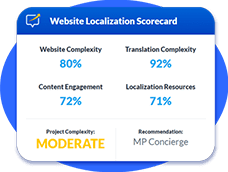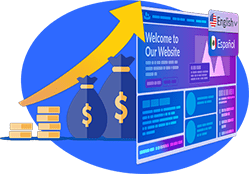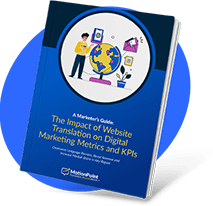Video  Sep 19, 2018
Sep 19, 2018
3 Multilingual CMS Website Translation Challenges
If your company website has a CMS with multilingual capabilities, you should be aware of the challenges you’ll face if you plan on using it to translate your site for global markets.
Manual Effort
Multilingual CMSs take effort to manage. To take effect, your staff will need to manually export your main website’s English content, translate it, post edit, then import it back into your multilingual websites.
A CMS connector can do some of that work, but you’ll need to allocate valuable IT resources to integrate it back into your platform.
Learn how to eliminate the effort of website translation.
Workflow Challenges
If your website uses dynamic, third-party content pulled from booking engines, apps or PIMs, you won’t be able to use the same process you did to translate the rest of your website.
Content translation workflows in your multilingual CMS will only support content stored in its own database. This means your customers will see a partially translated website, which could damage their user experience—and impact conversion rates.
Read more on how partial translation hurts convertion rates.
Contextual Integrity
Most CMSs don’t account for how translated content will appear on a published webpage or within an existing template. Translated content often generates more words or characters than a page was originally designed for.
This means you’ll be spending more time, effort and resources QA’ing those pages, and changing translations, to ensure your site’s user experience stays consistent.
Wrapping up, you should always be aware of these CMS-related challenges as you expand your online business to new markets.
Learn more about the risks and challenges of multilingual CMSs.
Categories: Website Translation, Marketer, Streamline Operations, Optimize Performance, Video
What are the Best Technologies for Website Translation?
Finding the right approach to translating your website for global audiences may seem daunting.
Learn more »
The Trouble with Multilingual CMSs
When it comes to creating a complete website translation solution, add-ons simply don’t add up.
Learn more »
The Technologies of Translation
Discover the pros and cons of three popular content localization technologies.
Learn more »





Share: